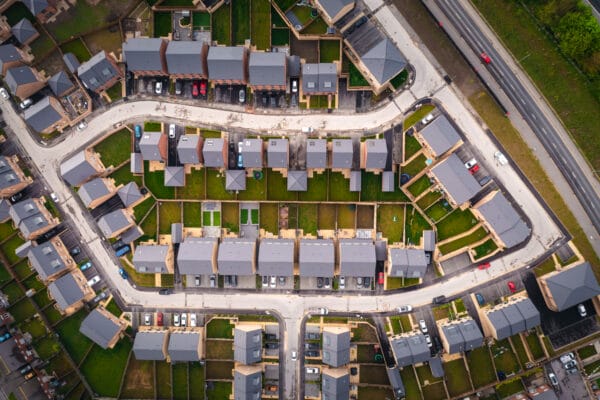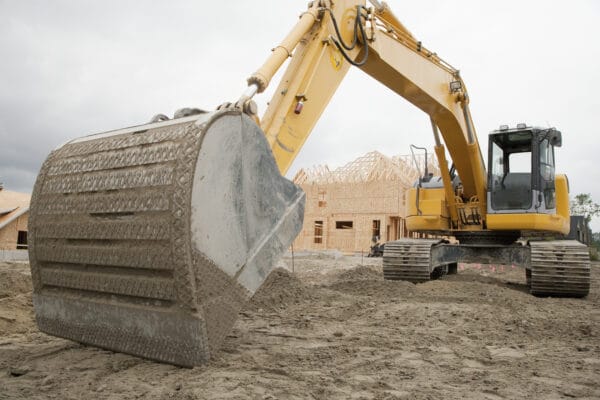A tribal land acknowledgement adopted in Tempe, Arizona, recognizes that the “landscape” in and around the city—including Papago Park in Phoenix, pictured—are “sacred to the O’Odham and Piipaash,” two tribes with long histories in the region. In Arizona and other states, some local governments are formally recognizing Native American connections to lands. /brimanning/Creative Commons
By Caitlin Dewey | Stateline
Doreen Garlid, a first-term city councilmember in Tempe, Arizona, pinched her leg under the table to keep from weeping as she read a Jan. 14 resolution into the record. The unusual resolution, popularly known as a land acknowledgement, declared that Tempe sits on traditional O’Odham and Piipaash lands—and celebrates the contributions the two tribes made to the region.
“We wish to acknowledge that Tempe is the homeland of the Native people who have inhabited this landscape since time immemorial,” the resolution begins.
Garlid, who is Navajo, grew up hearing her grandmother’s stories of being kidnapped into an American Indian boarding school in the 1930s. Staff beat the children for speaking the Navajo language, part of what is now recognized as a national project to erase Indigenous cultures.
But today, the growing movement to adopt land acknowledgements, Garlid said, represents a historic correction. Tempe is one of an increasing number of city and state governments that have published formal statements recognizing Indigenous people and, in some cases, the violence they’ve endured. Such statements often are read before government meetings and at public events, much like the Pledge of Allegiance, and surface in official signage, government websites and email signatures.








